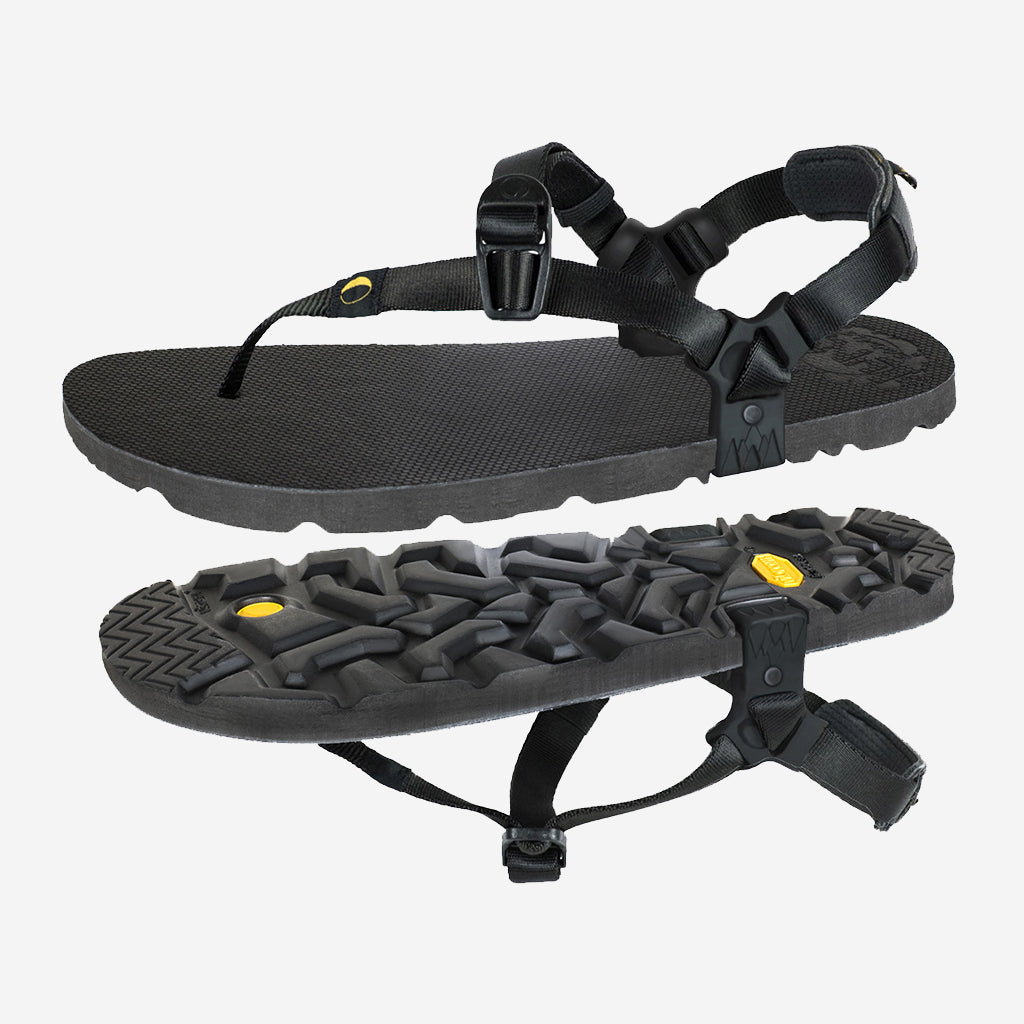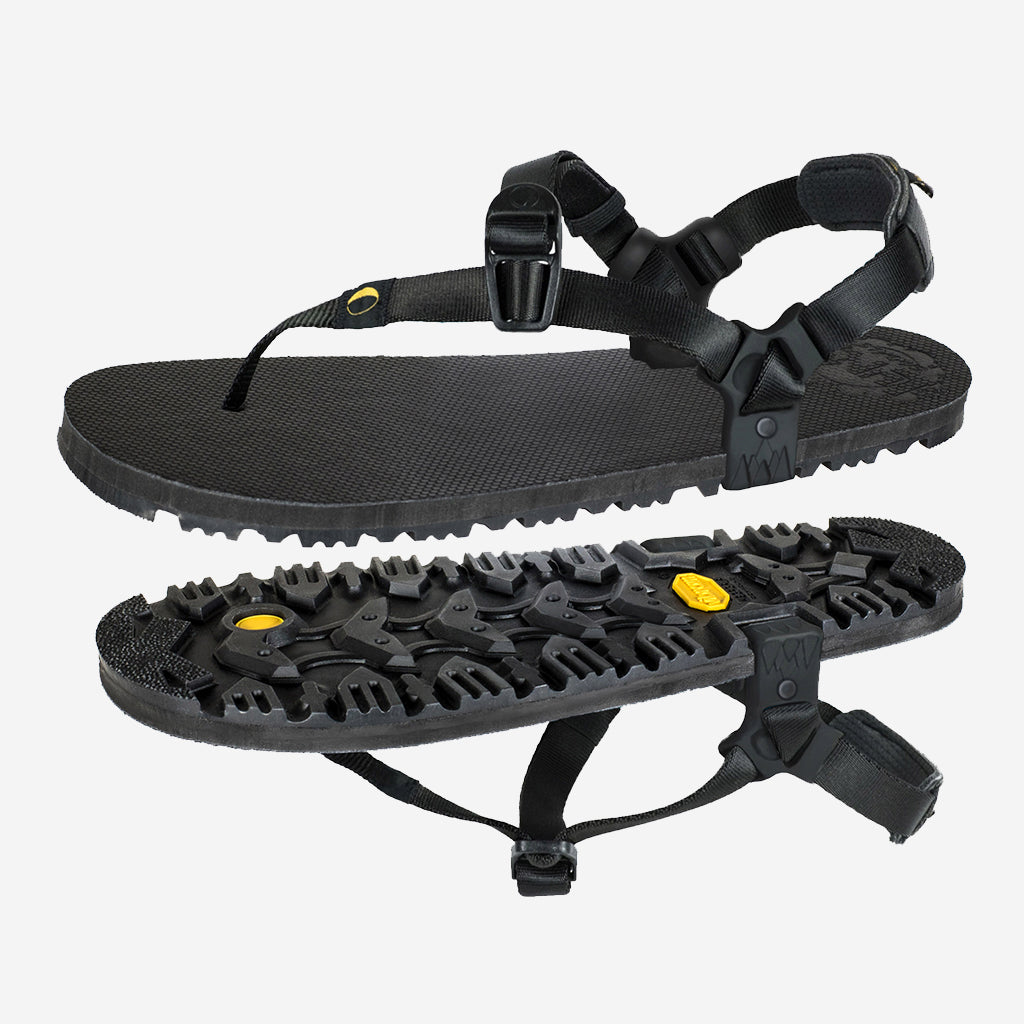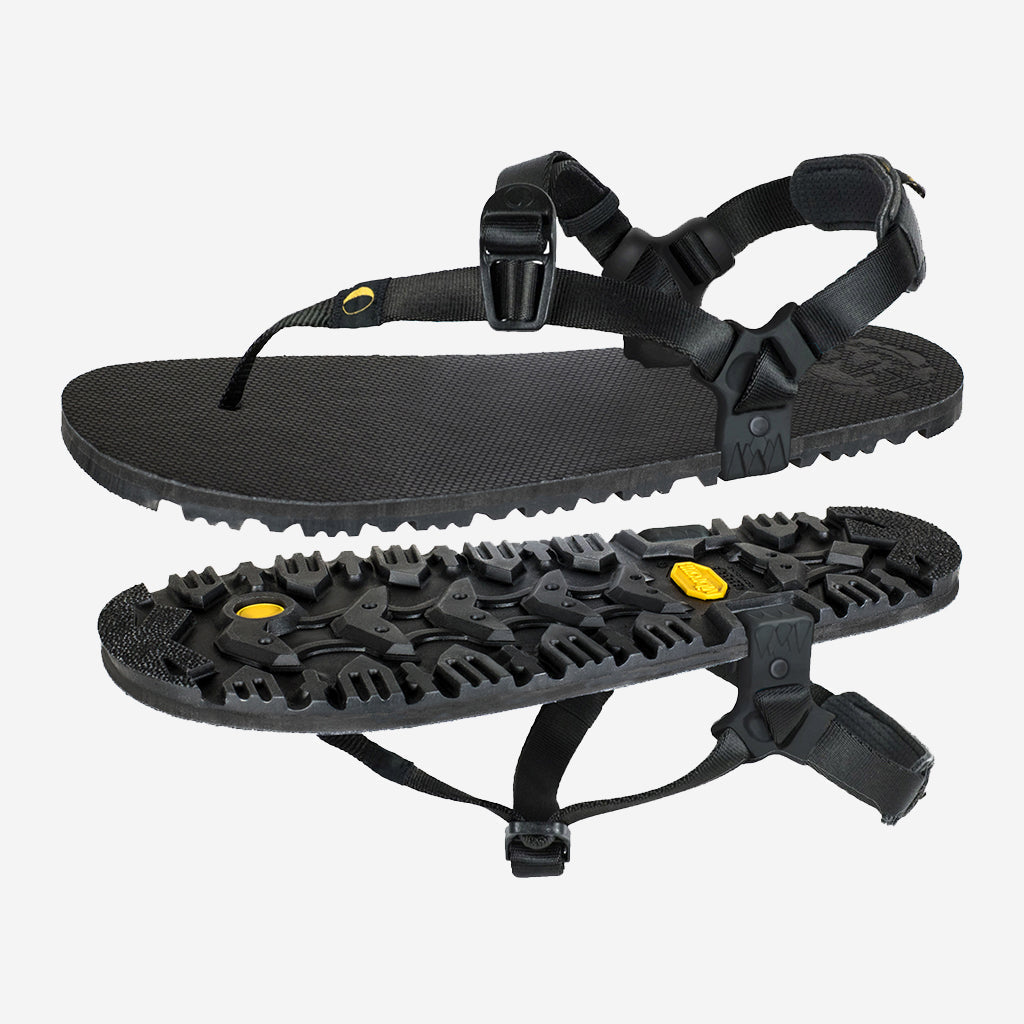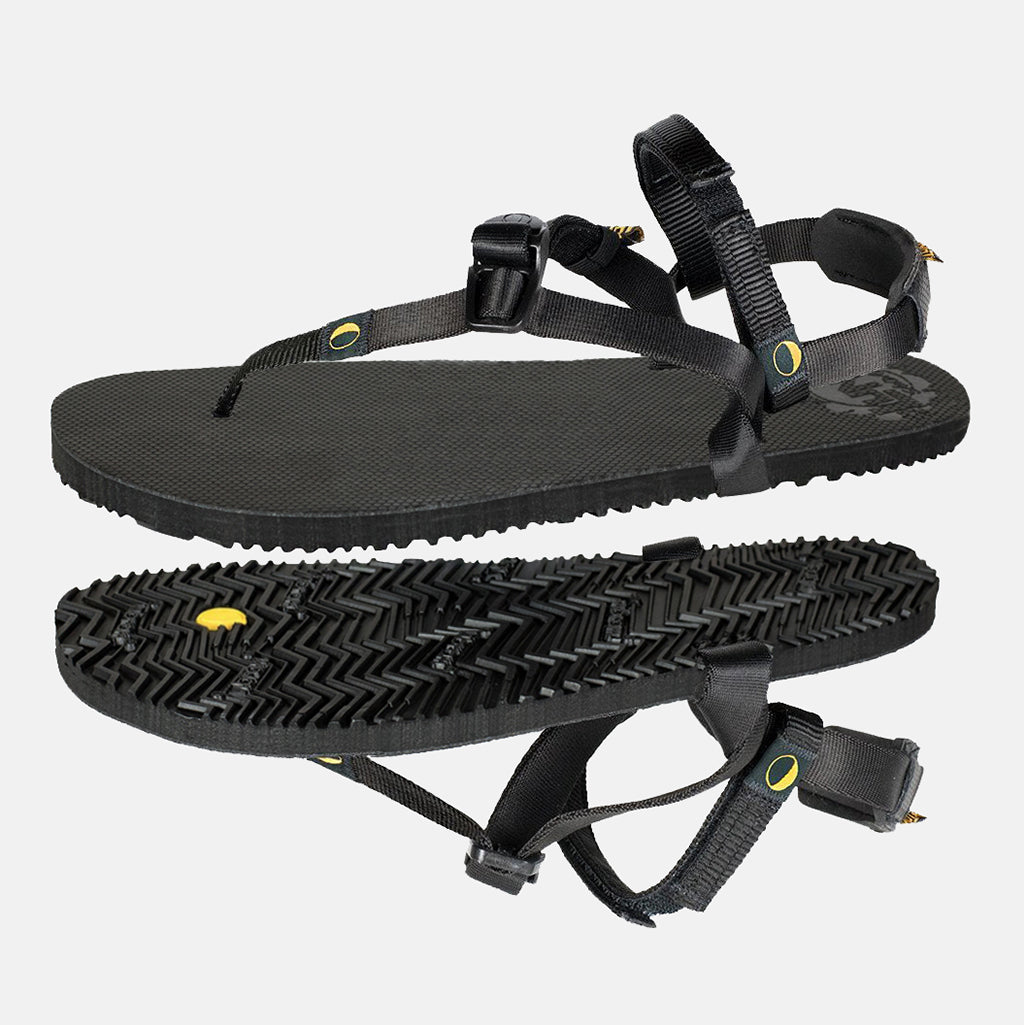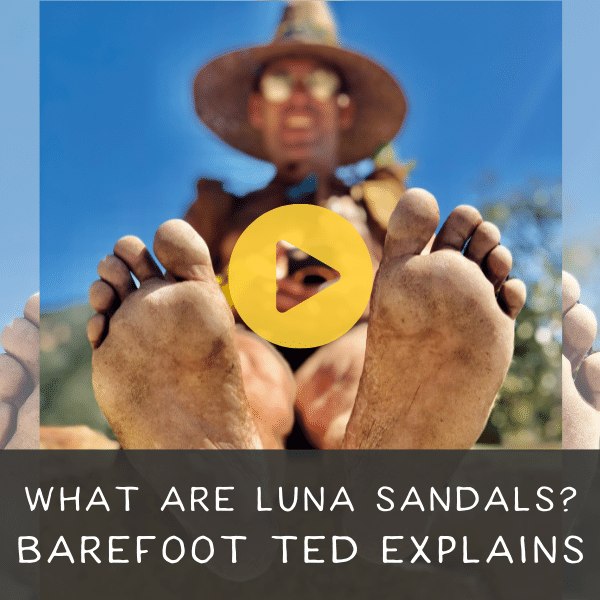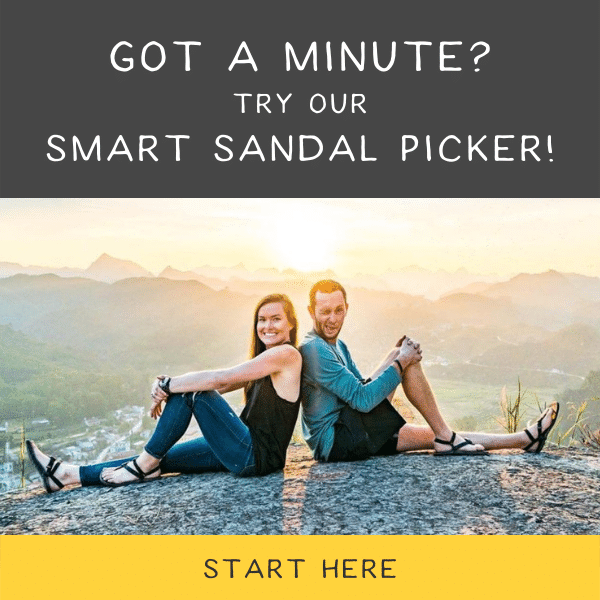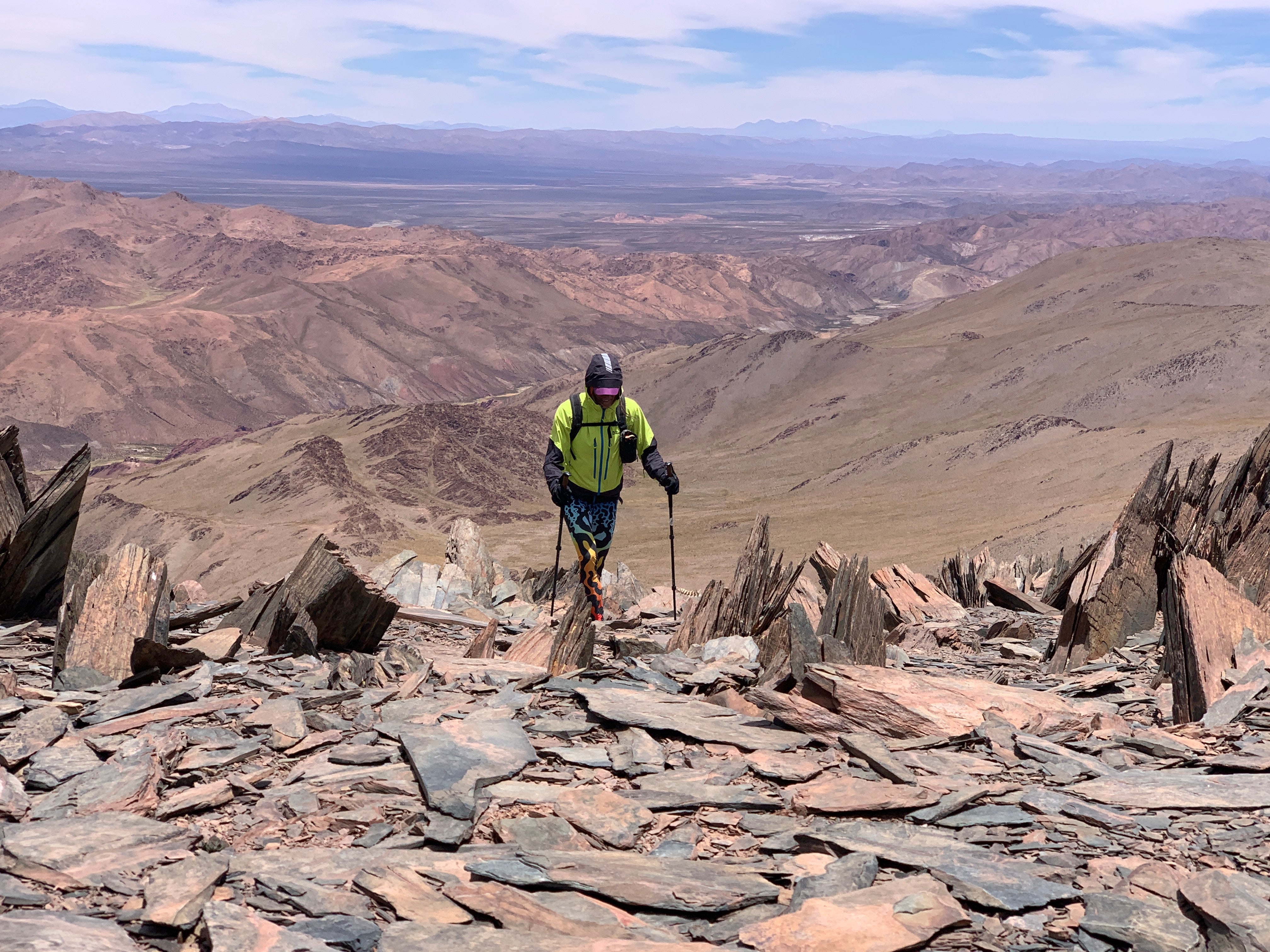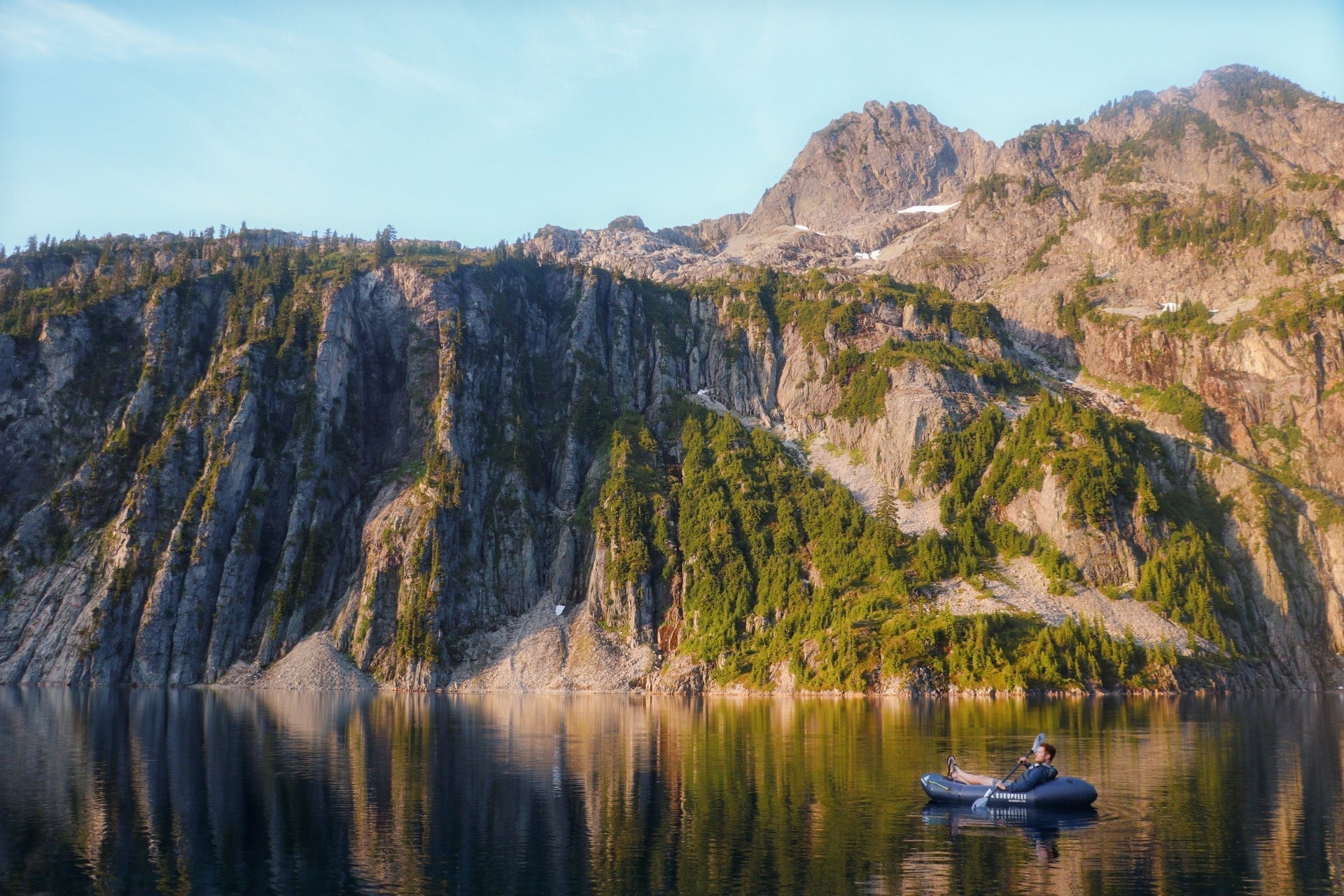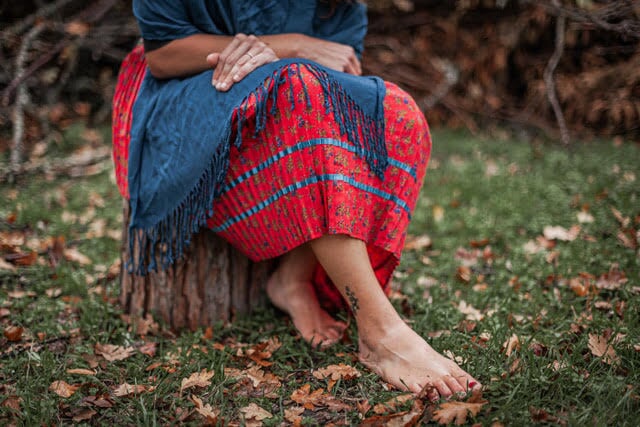Adam Jones
Optimum Adventures
The Best Shoes for Packrafting
How to Choose the Right Footwear

Photo Credit: Cynthia Wong (@cynhw)
Step Into the Right Pair of Packrafting Shoes
Since my first days of packrafting to now professionally instructing and guiding tours, my packrafting footwear has evolved significantly. I’ve learned many tricks of the trade and tried countless models across all kinds of conditions. Some worked great in certain situations; others failed miserably. Over the years, I’ve built a clear picture of what works, what doesn’t, and what you should know before you buy. After years of experience, trial, and error, I’ve finally figured out amazing packrafting footwear options for all types of packrafting—and even the ultimate hack (stay tuned)!
Haven’t heard of packrafting? It’s an outdoor recreation sport exploding in popularity, based on a new piece of gear called a “packraft” — an incredibly lightweight and ultra-packable inflatable kayak designed to be carried in a pack. It’s taking paddling to an entirely different level, now allowing adventurers to easily carry all their hiking and paddling gear in their backpacks and paddle previously inaccessible alpine lakes, backcountry rivers, or traverse massive landscapes of land and water — just to name a few!
But choosing the right packrafting shoes is more than just selecting another piece of gear — they directly impact your comfort, safety, and overall experience. Trekking in soggy shoes can lead to uncomfortable, laborious hiking; constantly wet feet can be miserable and painful; and poor traction or protection can result in injuries on the water.




Photo Credit: Cynthia Wong (@cynhw)
"Your footwear is one of the most important gear decisions you’ll make for packrafting. Choose wisely, test thoroughly, and don’t underestimate how much the right packrafting shoes can improve your experience."
My name is Adam Jones, and I’m the Owner and Lead Guide/Instructor of Optimum Adventures, Washington’s only dedicated packrafting company. As one of the few Level 4 American Canoe Association Packrafting Instructors in the world, I’ve guided hundreds of tours, accumulated thousands of river miles, and spent countless hours in and out of the water in every imaginable condition to hone in on what works — and what doesn’t — in real-world packrafting scenarios.
This post is for new paddlers deciding on their first pair of shoes for the sport, seasoned packrafters looking to upgrade, and anyone frustrated by wet, uncomfortable, or slippery packrafting footwear. We’ll break down the biggest challenges in choosing packrafting shoes, the key features you should look for, why many popular paddling shoes fail in packrafting scenarios, and the best options for each type of packrafting adventure.
By the end of this post, you’ll know exactly what to look for in packrafting shoes, which models work for specific trip types, and a final gear hack that can completely change your packrafting footwear game.

Photo Credit: Cynthia Wong (@cynhw)
The Difficulty in Choosing Packrafting Footwear
Unlike kayaking, rafting, or canoeing, packrafting demands footwear that works both in the water and on land. Packrafting shoes often have to perform on trail, on water, and at camp. They must provide traction and protection on wet surfaces, dry quickly, and remain comfortable for long miles on foot. Many paddling shoes fail on the trail, and many hiking shoes fail in the water.
The challenge? Most outdoor footwear is specialized for one environment or the other. In packrafting, you’re constantly transitioning between both.

Photo Credit: Cynthia Wong (@cynhw)
What to Look for in Packrafting Shoes
It depends on your use case, but in general, when choosing packrafting shoes, prioritize:
Traction: Outsoles should grip well on both slippery surfaces and dirt trails.
Weight: Lightweight shoes reduce the fatigue of carrying extra weight.
Fit: Shoes should be secure and prevent feet from sliding when wet or dry.
Comfort: Perform equally well for long durations of hiking and paddling.
Drying Time: Quick water release and fast drying keep shoes light and comfortable.
Durability: Withstand repeated submersion and abrasion to avoid frequent replacement.

Types of Paddling Shoes & Why They Don't Work for Packrafting
Many paddling shoes on the market are designed for kayakers or rafters who stay in their boat most of the time. This footwear is often built for short walks from the car to the put-in, not multi-mile hikes. Here are some common types of paddling shoes and their pitfalls as packrafting footwear:
Water shoes: Solid for whitewater, but heavy and slow to dry.
Neoprene booties: Comfortable and warm, but unreliable for hiking.
Traditional sandals: Excellent drainage, but lack a secure fit when wet.
Whitewater kayaking shoes: Heavy, overbuilt, and extremely slow to dry after hiking.
Trail runners:Great for hiking, but have longer dry times and a shortened lifespan if used frequently in water.

Recreational, Alpine Lake, and Multi-Day Packrafting Shoes
I recommend bringing both trail runners and adventure sandals (or maybe just the latter).
Trail runners excel for longer hikes to alpine lakes. They’re comfortable, breathable, and offer excellent grip on multi-day backpacking trips too. Pairing them with lightweight, high-performance adventure sandals for water use and at camp is a winning combination.
This is what we recommend to clients for our Alpine Lake Packrafting Tours and for use with our packraft rentals:
My recommendation:
-Lightweight trail runner of choice
- LUNA Winged Middle Bears

Photo Credit: Cynthia Wong (@cynhw)
The Ultimate Packrafting Footwear Hack
Now, I’ll let you in on a little secret—what I use for almost every packrafting mission…
If it’s not cold, adventure sandals are often all you need.
Like a packraft, their versatility is unmatched: incredibly light, grippy on land and water, quick-drying, secure when wet, and comfortable enough for hiking, scrambling, camp, travel, or in-town wear. Traditional hiking sandals fall short—they slip when wet, hold water, and lack aggressive tread. But adventure sandals fix all that! Once you adjust to barefoot, minimalist styles like the LUNA Winged Middle Bears or Oso Flacos, there’s no going back.
After three years of wearing adventure sandals, the LUNA Middle Bears stand above all others. Their feel, security, responsiveness, and comfort are truly addictive. For most summer packrafting trips, they’re the only shoes I bring.
My recommendation:
-LUNA Winged Middle Bears

Photo Credit: Cynthia Wong (@cynhw)
How You Can Get Started Packrafting
So now that you know what footwear to get—are you ready to try out packrafting?
As the owner of Optimum Adventures (based in Seattle, WA), we are offering 20% off your first packraft rental for anyone interested in giving the sport a try. If you’re in Washington State and want to access the inaccessible—paddling truly world-class lakes like Colchuck, Blanca, or Jade—we provide all the necessary packrafting gear and accessories to get you started on an unforgettable adventure.To take advantage of this limited-time offer from us at Optimum Adventures, complete this form on our website and mention LUNA20 to receive 20% off your rental at checkout to kickstart your packrafting adventure today!
Your footwear is one of the most important gear decisions you’ll make for packrafting. Choose wisely, test thoroughly, and don’t underestimate how much the right packrafting shoes can improve your experience.
Adam's Pick:
👉 Share this post with a fellow paddler.
📸 Follow Optimum Adventures on Instagram for real-world testing videos and tips.
Author

Adam Jones
Photo Credit
Cynthia Wong (@cynhw)
Tags
Travel
LUNA Sandals
Hiking
Packrafting
Packrafting shoes
Whitewater Packrafting
Outdoor Gear
Adventure Sandals
Footwear Guide
 Free Shipping from $105
Free Shipping from $105 wear for 30 days risk free
wear for 30 days risk free